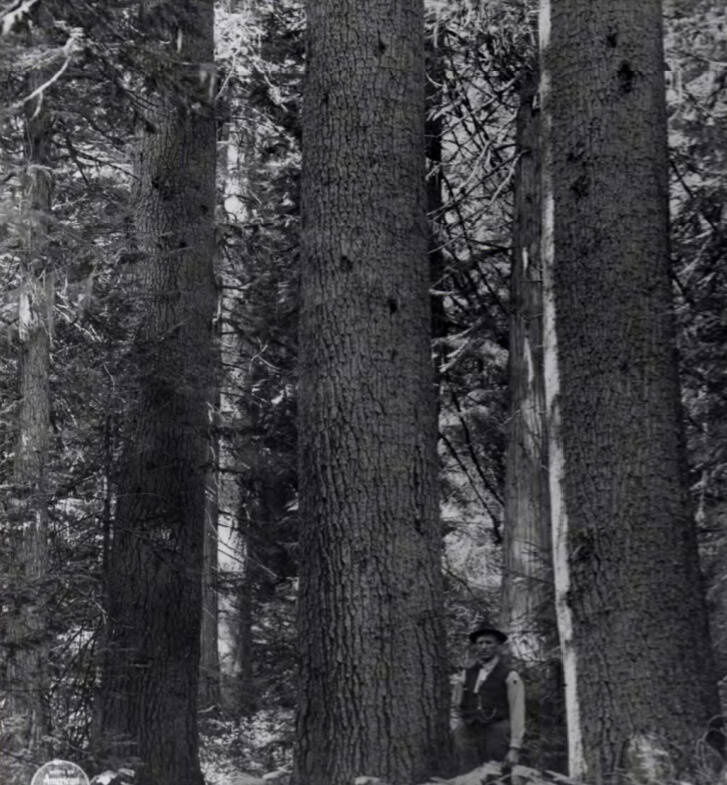Submitted by San Juan Conservation District.
As you walk through the archipelago forests you will see many of the tree species that define our ecoregion: Douglas firs, Grand firs, Western red cedar, Western hemlocks, Red alders, Bigleaf maple, and White oaks. Yet if you had walked through these same forests 100 years ago there would have been another common species, Western white pine. Pinus monticola was a mainstay in forests all throughout the San Juans and the greater Northwestern United States. Western white pine was a highly valued member of our forests, a stately five-needle pine that can grow as high as 200 ft, live up to 500 hundred years, provides abundant edible pine nuts to wildlife, can be milled for excellent timber, and store large, long-term quantities of carbon as living trees, snag habitat for wildlife, and nurse logs on the forest floor.
Historically Western White pine came into the region less than 10,000 years Before Present (BP) during the Moderate Glaciation period as the glaciers receded and temperatures warmed, according to pollen stratification records in the Washington Pacific Northwest. White pines transitioned and thrived in the period leading up to 4,500 BP, when the climate was warmer than today across the region. In that time the landscape was open deciduous savannah filled with oaks and hazelnuts and extended meadows that burned regularly. White pines served as a keystone coniferous tree within this deciduous dominant forest, as well as the period from 4,500 BP through present when firs and cedar became dominant species thriving in cooler regional conditions. White pine is considered one of our region’s climate adapted species that historically existed within an extensive range of cooler and hotter climate periods.
In the early 1900’s White pine populations were targeted for timber harvest because of their size and quality of wood. In addition, they struggled to exist in a fire suppressed landscape, such as their susceptibility to a rising population of Pine beetle that was historically kept low with burning. Then a new and virulent blister rust was imported from Europe, spreading through Eastern White Pine populations before making its way over to the west. Now we are left with less than 10% of the original population of Western white pine, and the population continues to decline in part because the species struggles to regenerate naturally.
Scientists at the University of Idaho have been working on breeding blister rust resistant Western white pine for over 50 years now, with great success. While unimproved trees can only expect a 50% or less survival rate, these resistant trees are closer to 90%. The incorporation of these blister rust resistant strains could be a part of our forest’s ability to adapt to a changing climate. Western white pines are resilient to many of the key stressors modeled and predicted for the San Juan Islands in the coming years, as they are resistant to laminated root rot, fire adapted, highly drought tolerant tree, and can thrive in poor soil. Their genetic code is designed for climate adaptation, having experienced both warmer and cooler climatic periods than today in this region’s ecosystem over the past 10,000 years.
If you have any reforestation projects on your property, please consider planting a blight resistant strain of White pine anywhere you have full sun. A part of the islands’ past may be a key to its future.



